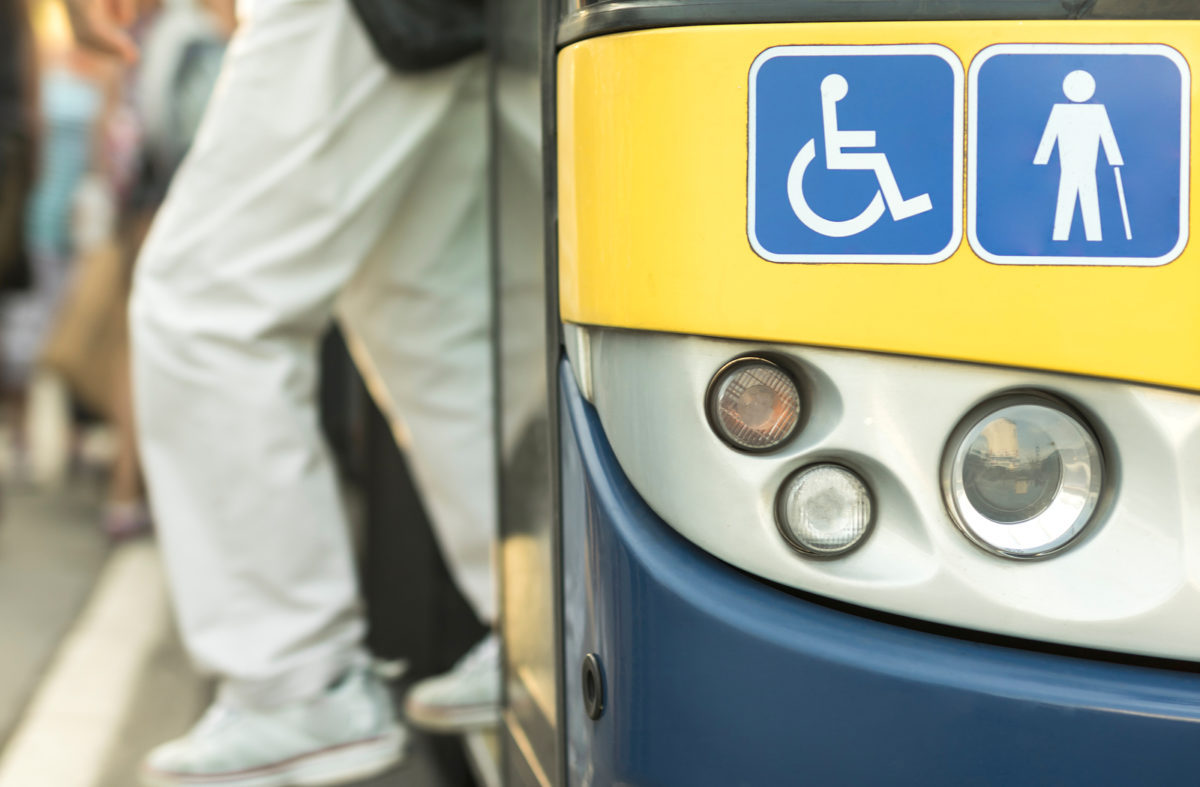For group event coordinators, safety of passengers is a top priority. At Metropolitan Shuttle, we understand this concern, which is why we always go above and beyond when it comes to charter bus safety. To give you an idea of how safe a charter bus is, we’ve outlined in detail all the steps we take to ensure the safety and comfort of precious cargo—your friends, family, co-workers, and students.
How Safe is a Charter Bus?
The safety of our passengers has been our highest priority since 2001. The U.S. Department of Transportation provides safety ratings for shuttle buses and minibuses, and at Metropolitan Shuttle, we ensure that our passengers ride on vehicles that are in compliance with those federal standards. We also ensure that our operators are in compliance with those DOT standards.
This high safety rate also falls in line with the low accident and fatality rate of charter buses in general. In fact, according to recent data, charter bus safety is higher than other common forms of travel. A charter bus is 50 times safer than a car and twice as safe as air travel, a significant difference when it comes to the safety of passengers. Buses account for only 10 percent of yearly road fatalities, making it one of the safest ways to travel.
At Metropolitan Shuttle, we play an important part in ensuring charter bus safety within the United States and Canada. A major contributing factor to our high rated safety record is a strict company policy of only working with vendors and operators that are in good standing with the Federal Motor Carrier Safety Administration (FMCSA). The FMCSA is a government body that was created by the Motor Carrier Safety Improvement Act of 1999. The FMCSA works as its own administration within the Department of Transportation, and began operating in the U.S. in 2000.
Commercial Driver License Requirements
All charter bus drivers are required to have a commercial drivers license, which can be obtained by passing a series of skills and knowledge tests that are required for driving a Commercial Motor Vehicle (CMV). The license has several basic requirements for eligibility, depending on the issuing state. Federal law requires that the applicant be 21 years old to drive across state lines.
The first step in the process is the Commercial Learner’s Permit (CLP), which allows drivers to practice driving a CMV on public roads as long as a CDL holder is sitting in the passenger seat. This permit must be held for a minimum of 14 days.
In order to obtain the permit, your driving record from the last 10 years is checked, which includes all 50 states and the District of Columbia. You must also show proof that you are medically fit to operate a CMV. In most cases, this documentation requires a DOT physical. Depending on your state, you may also be required to show proof of residency and identification.
The next step is obtaining the Commercial Drivers License (CDL), which starts with the Skills Test. Along with passing all 3 parts of the Skills Test, the driver is also required to pass the Vehicle Inspection Test, the Basic Controls Test, and the Road Test.
Interstate Passenger Carrying Regulations
When it comes to group events safety, the charter bus is one of the safest ways to travel, especially at Metropolitan Shuttle. We make it a priority to stay in compliance with the Interstate Passenger Carrying regulations as outlined by the FMCSA, which includes hours-of-service rules. Driving a bus or motorcoach is a huge responsibility, which is why these laws help keep overtired drivers off the road.
If the driver is operating on interstate commerce (within a single state), they are required to comply with federal hours-of-service regulations, which apply the 60-hour/7-day schedule for 7 days. The 70-hour/8-day schedule must be followed for 8 days. Per day, drivers cannot operate a vehicle for more than 10 hours or 600 miles, which means that you can expect mandatory driver changes on longer trips. Driving time also includes time spent driving an empty charter bus. If you’re planning a trip that requires late night driving, you and your passengers can have peace of mind knowing that these strict guidelines are always followed to ensure the safety of everyone traveling on the charter bus.
Inspection
In compliance with the FMCSA, drivers are required to complete a written report that outlines the safe and proper condition of the vehicle, including emergency parts and accessories. All buses must also have necessary safety features like seat belts and qualified drivers.
Charter bus companies are also required to maintain their fleet of vehicles at all times, which means that repairs must be taken care of immediately and documented for the FMCSA. Every charter bus also requires an annual inspection that must be performed by qualified inspectors that fully understand the FMCSA standards, including tools, methods, and procedures.
When it comes to group events safety, Metropolitan Shuttle is a leading charter reservation company. Don’t take any chances with your friends, family, and colleagues and reserve a charter bus, the safe and easy way to transport large groups to your next event.



